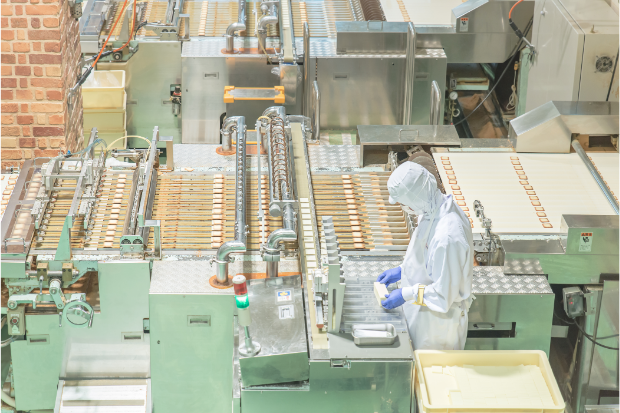PH factory output growth revved up to 8.2% in April
MANILA -The increase in the volume of the country’s factory output revved up to 8.2 percent in April, a turnaround from the 1.3-percent contraction in the same month last year, buoyed by receding prices of inputs like petroleum products.
The latest update from the Philippine Statistics Authority (PSA) shows that the increase in output volume also accelerated from 3.4 percent in March.
In April, the PSA saw higher yearly growth rates in production of food products, as well as transport equipment and nonmetallic mineral products.
The growth of food manufacturing kicked up to 14.7 percent in April from 4.3 percent in March.
Also, the output of transport equipment surged to 38 percent from 26.3 percent, as well as of nonmetallic mineral products to 15.7 percent from 2.9 percent.
Michael Ricafort, chief economist at Rizal Commercial Banking Corp., said the latest pick up in manufacturing data was partly due to an easing inflation trend, amid the decline in most of the major global commodities prices such as crude oil, natural gas and coal.
READ:
https://business.inquirer.net/404145/ph-inflation-rate-for-may-2023-slows-down-further-to-6-1-percent
Ricafort said prices of these fuels fell even lower than levels seen when the Russian invasion of Ukraine began in February 2022.
“Better weather conditions into the dry season also helped increase agricultural production that, in turn, led to increased local supplies and reduced input costs for some manufacturers,” he said.
“Thus, the lower prices of these inputs encouraged increased manufacturing activities,” the economist added.
In April, the 628 firms that were surveyed were operating at an average of 72.4 percent of capacity, a slight decrease from 73.2 percent in March.
All of the 22 manufacturing industries monitored were observing capacity utilization rates at more than 50 percent in April.
The busiest factories were those that make non-electrical machinery and equipment (82.7 percent); transport equipment (82.5 percent) and rubber and plastic products (76.6 percent).
Full capacity
The PSA said about one-quarter (24 percent) of respondents in the Monthly Integrated Survey of Selected Industries in April were operating at “full capacity”—which means at least 90 percent capacity utilization rate.
Also, about two-fifths (37.9 percent) of respondents were operating at 70 percent to 89 percent capacity, but another two-fifths (38.1 percent) operated below 70 percent capacity.
In April, the S&P Global Philippine Manufacturing PMI (purchasing managers index) rose for the 15th month in a row at 51.4, but this was slower than the 52.5 recorded in March.
A PMI was above 50, which means an overall increase (more positive responses than negative). Less than 50 means an overall decrease (more negative answers than positive).
S&P Global said the headline PMI was at an eight-month low, with both new orders and output growing at much softer rates.
The April data suggested a shift in demand patterns as new export orders grew at the fastest rate in nearly two years and helped support the upturn in total new sales, the company said.
READ:
https://business.inquirer.net/403698/asias-factories-struggle-for-momentum-amid-patchy-recovery

